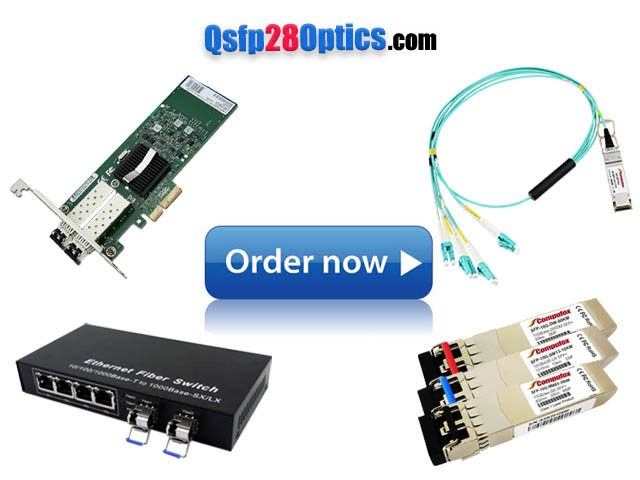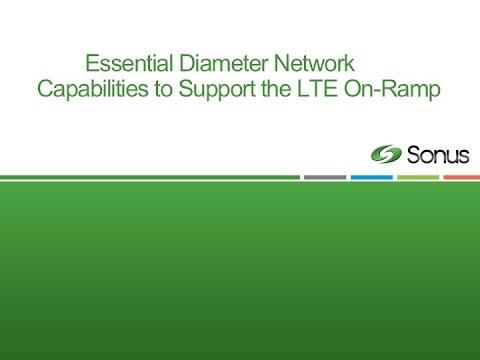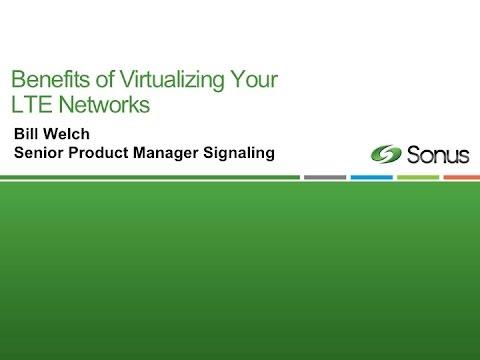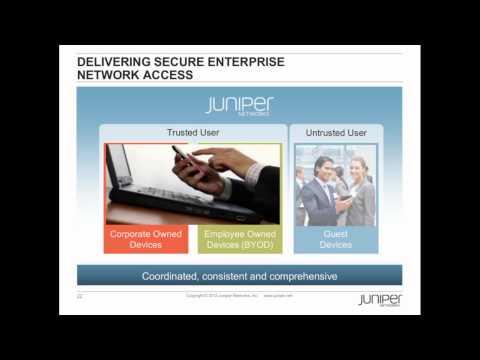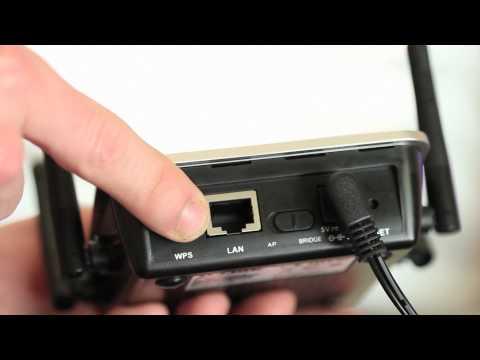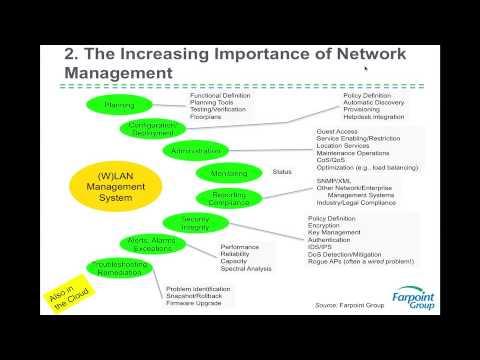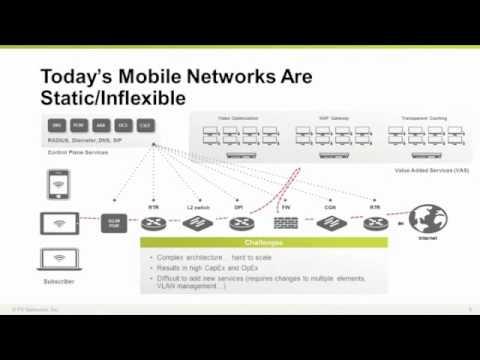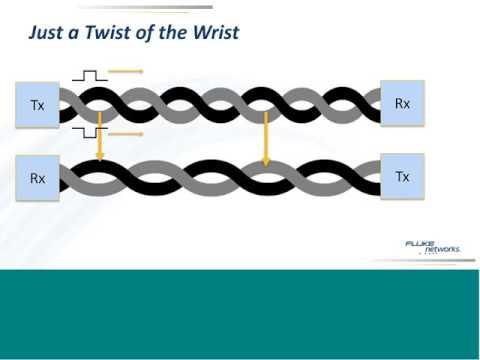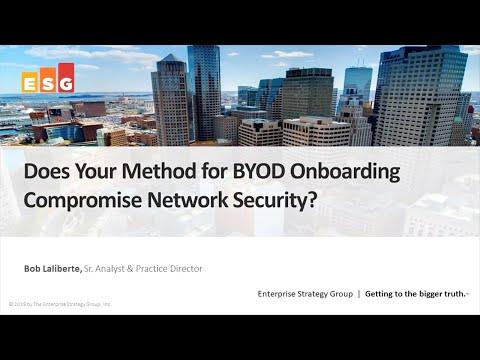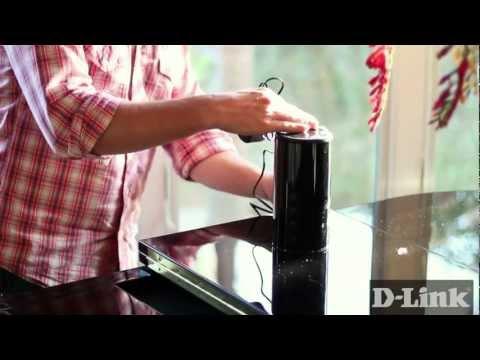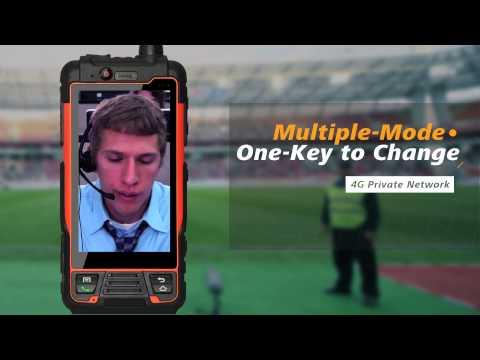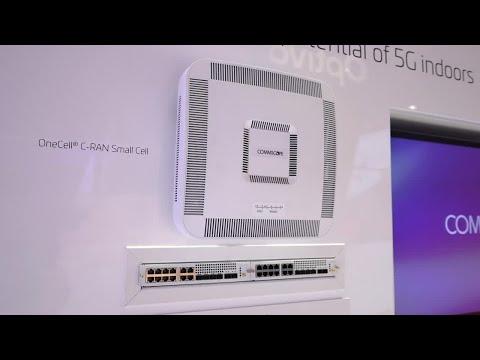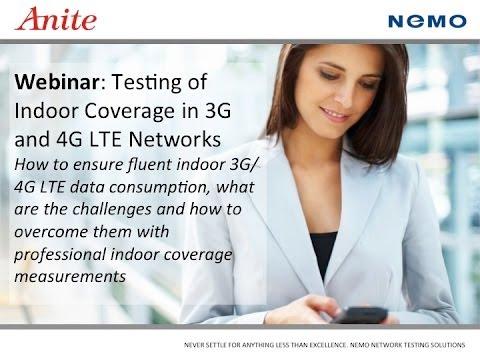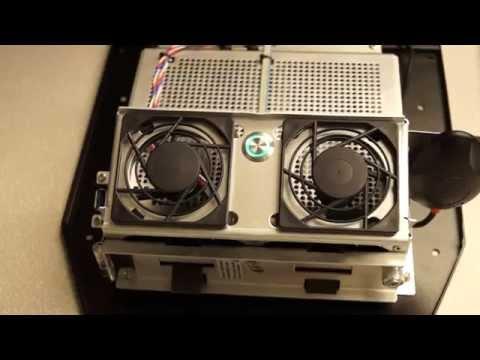Sonus Webinar: Three Ways To Put Your Network On The LTE On-Ramp
Description
The migration of operators to all-IP mobile networks is underway, driven by the need for Long-Term Evolution (LTE). The rise in LTE is fueling the transition from SS7 signaling to Diameter signaling as more subscribers drive data and voice traffic over mobile IP-based networks. However, the amount of Diameter signaling traffic generated in LTE networks by new devices, smartphones and applications can be an enormous strain if networks cannot efficiently scale. Infonetics Research estimates that worldwide LTE subscribers will grow from 428 million in CY14 to 1.2 billion in CY19. How can mobile operators ready their networks for the LTE on-ramp? The answer is a Diameter Signaling Controller (DSC) that can help manage the traffic in a more efficient and scalable manner.
While DSCs are available today as stand-alone hardware or virtualized, there is another option for mobile operators who want to reduce network complexity and footprint—an integrated DSC. An integrated approach to SIP and Diameter signaling at the LTE network edge offers many advantages over a separate multi-box approach, both in cost savings, and reduction of complexity, providing mobile operators the ability to increase speed to market for VoLTE and advanced IP-based services. Integrating Session Border Controller (SBC) and DSC functionality into a single platform can also speed time-to-market and time-to-revenue with faster rollout of advanced IP-based services.
Presenter: Bill Welch, Product Line Manager, Diamter Solutions, Sonus


